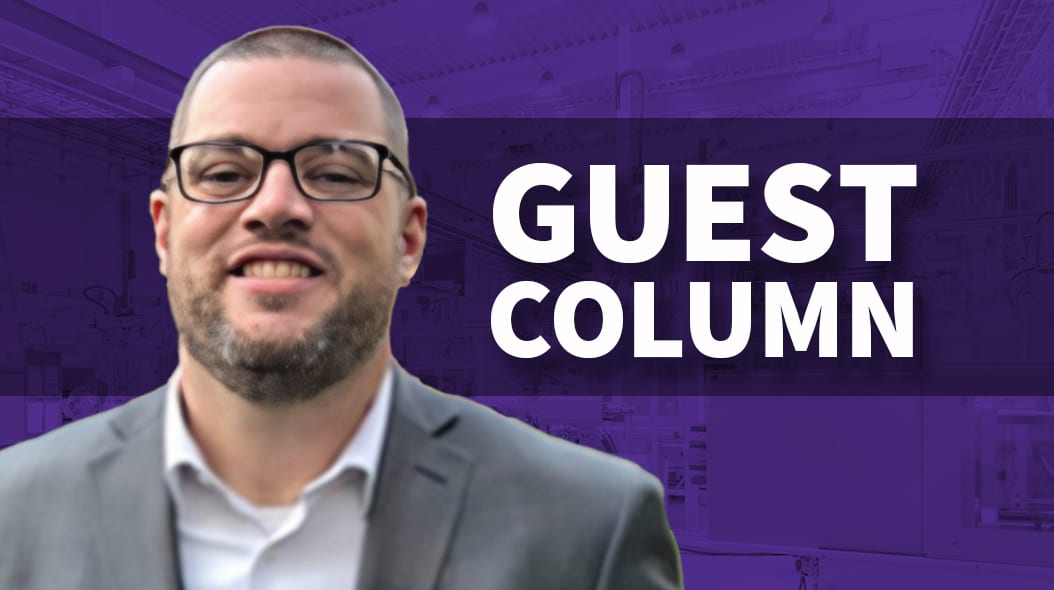Column
Gary Cox
Column | Gary Cox
If we’re serious about sustaining quality improvements, we need to be equally serious about how we develop and support our frontline leaders.
How Frontline Leaders Are the Missing Link in Sustaining Quality Improvements

When organizations talk about quality, the conversation often centers on systems, audits, and compliance. While those are important, they don’t sustain improvement or quality on their own. The real drivers of lasting quality are people—especially frontline leaders.
Yet too often, my experience is leaders are seen as compliance officers—tasked with enforcing standards, checking boxes and ensuring performance metrics are being met. That’s a missed opportunity.
Frontline leaders are the bridge between leadership vision and daily execution. They are in the best position to help their teams identify and address quality issues at the source. But for that to happen, they need to be developed as coaches, not just enforcers.
In my book, “Cultivating Champions of CI-A Leader’s Toolbox for Creating a Continuous Improvement Culture,” I introduce a simple coaching model to help leaders shift from compliance policing to quality coaching. It’s called LEAP, which stands for:

Caption
The standard provides a systematic approach to sampling without overtaxing resources.
“Pull Quote”
Look & Listen – Be present on the floor. Observe processes, listen to team members, and understand what’s really happening.
Explore & Examine – Ask curious questions. Don’t jump to conclusions; dig deeper to uncover root causes.
Acknowledge & Accept – Recognize realities—both the good and the gaps. Acknowledge team efforts and accept that problems are opportunities to improve.
Practice & Perform – Reinforce quality behaviors through daily routines like huddles, reflections, and coaching conversations.
LEAP is not a program; it’s a leadership habit. It’s how we develop frontline leaders who foster ownership, build problem-solving skills, and create a culture where quality is lived—not mandated.

Quality tools are important, but they need leaders who can coach teams—not just manage metrics. Source: Gary P. Cox
Quality tools and systems are only as effective as the leaders who champion them. If leaders model curiosity, reflection, and accountability, their teams will follow. This is how continuous improvement becomes part of the culture, not a separate initiative.
At the heart of it, we all know quality isn’t a department—it’s a leadership practice. And the front line is where that practice is most visible, most immediate, and most impactful.
If we’re serious about sustaining quality improvements, we need to be equally serious about how we develop and support our frontline leaders. They are not just the last line of defense—they are the first line of opportunity.

